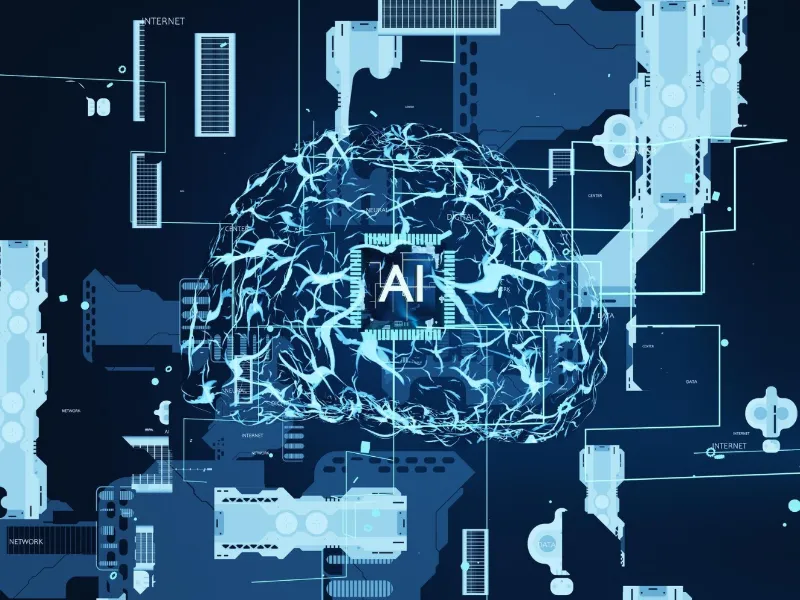- Generative AI is a subset of artificial intelligence that can create unique data or content, such as images, sound files, and digital art, based on learning from patterns and datasets.
- Deepfakes are realistic but fake media files created using AI and machine learning, often used for spreading disinformation, propaganda, or defaming individuals by altering faces, voices, or body movements.
- The advancement of AI and deepfake technology raises concerns about their malicious use, including political propaganda, personal attacks, and the challenge of developing effective countermeasures to detect and combat the spread of deepfakes.
As generative artificial intelligence (AI) technology advances, so does the potential for its misuse. One particularly concerning application of this technology is the creation of deepfakes, which are increasingly used to spread disinformation online. With deepfakes becoming not only easier and cheaper to produce but also more realistic and harder to discern as fake, the potential for their malicious use is rapidly growing.
What is generative AI?
Generative AI is a subset of artificial intelligence in which a machine can create new data or content, such as images, sound files, and digital art. This AI is called “generative” because it can produce new data that is unique and original, rather than just processing or analysing existing data.
Generative AI systems learn from patterns and datasets, enabling them to make predictions and create new content similar to what they have learned. This approach mirrors human learning and creativity, allowing machines to work with creative uncertainty and generate something new. Examples of generative AI applications include creating unique artworks, generating realistic images, and producing text and articles.
Also read: What is the difference between generative AI and discriminative AI?
What are deepfakes?
Deepfakes are a form of digital forgery that uses artificial intelligence and machine learning to create realistic images, videos, or audio recordings that appear authentic but are actually fake.
These manipulated media files are made by superimposing one person’s face onto another’s body or by altering a person’s voice, facial expressions, and body movements in a video.
With advances in deep learning algorithms, creating deepfakes has become easier, enabling their use in spreading misinformation, propaganda, or defaming individuals. Deepfakes can be created using open-source software or customised tools and can be widely spread due to the viral nature of social media.
Also read: Partnership opportunities in the AI stock market
The future of generative AI and deepfakes
The future of AI and deepfakes is a controversial topic. The technology is advancing, making deepfakes more realistic. Soon, it won’t be just deepfake images but also deepfake videos. Voice cloning technology has made significant progress, and it will continue to advance.
This raises serious concerns about the misuse of deepfake technology, from political propaganda to personal attacks. Deepfakes have already been used to create fake pornographic videos, causing harm to individuals involved. While efforts are made to develop countermeasures to detect and prevent the spread of deepfakes, it will be an ongoing battle between creators and those aiming to stop them.
As technology advances, the distinction between reality and fake will blur further, underscoring the need to develop measures to identify and combat the spread of deepfakes.

